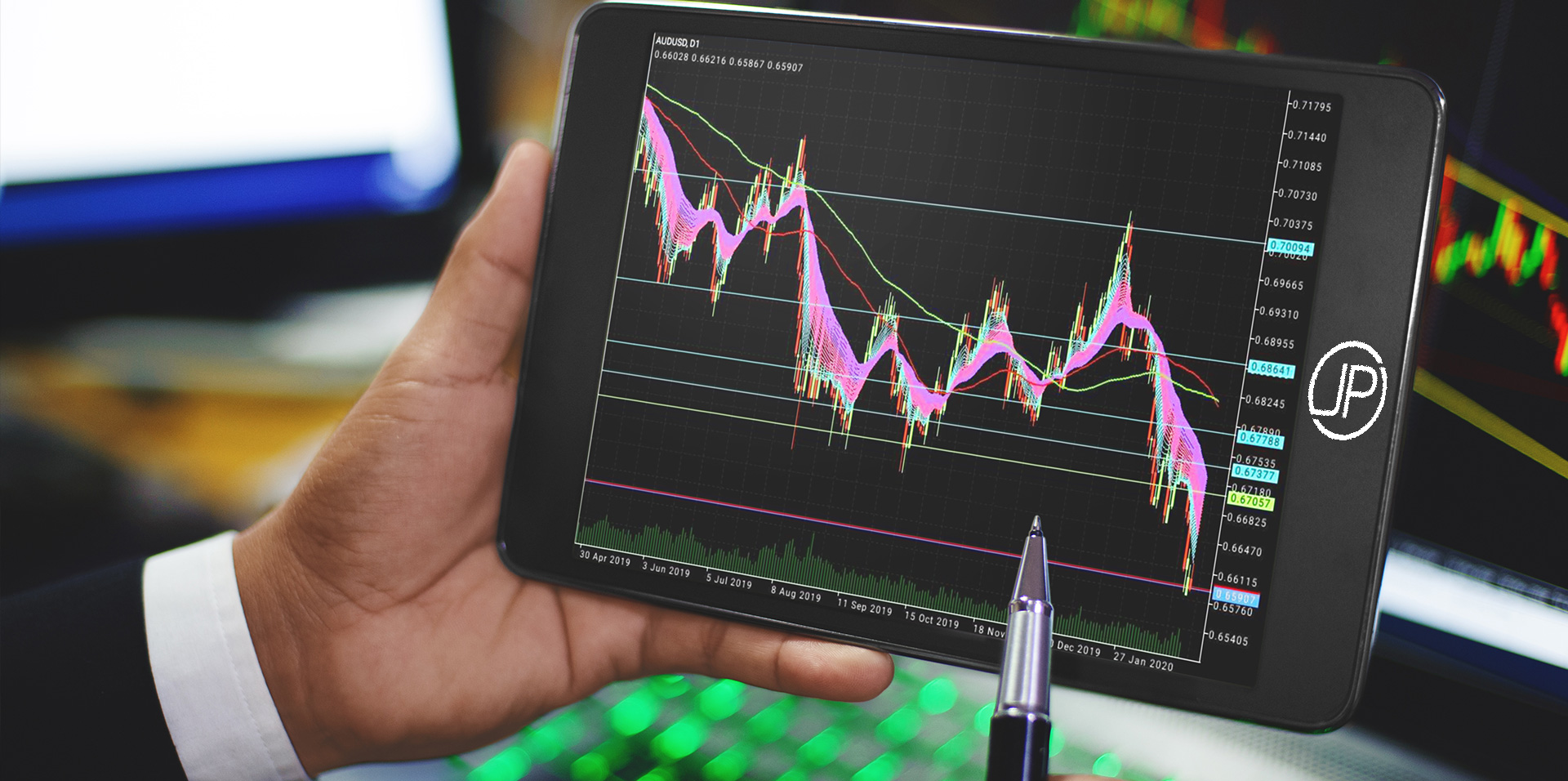As a trader, one of the most challenging dilemmas you face is choosing the right trading strategy. The world of Forex trading, with its ever-fluctuating nature, offers a plethora of strategies, each with its nuances and demands. It’s a complex landscape where the choice of strategy can significantly influence your trading journey. There’s no one-size-fits-all answer – what works for one trader might not work for another.
Whether you’re starting on your trading journey or seeking to refine your existing approach, understanding the diverse range of strategies is fundamental.
Swing Trading Strategy
Swing trading is for those who have patience and can wait for the right moment. Unlike scalping, swing trading involves holding positions for several days or even weeks to capture market momentum. The goal here is to identify ‘swings’ in currency prices and take advantage of these movements.
Swing traders rely on a mix of technical and fundamental analysis to make their decisions. This style of trading is less time-intensive than scalping, allowing for a more balanced trading approach.
Breakout Strategy
For those who excel at predicting market movements, breakout strategies could be compelling. In this approach, you look for occasions when the currency price breaks out from its established range, which could signal a strong move in a certain direction.
For example, if you notice GBP/USD fluctuating between 1.3000 and 1.3100. Anticipating a breakout, you place an order at 1.3110. When the price crosses this level, your trade executes, potentially leading to profitable results as the trend continues upward.
Carry Trade Strategy
Carry trade is a unique strategy, ideal if you’re interested in longer-term investments and global economic trends. Here, you benefit from the difference in interest rates between two currencies.
For instance, you might borrow Japanese Yen, a currency with a low-interest rate, and invest in Australian Dollars, which have a higher rate. Your profit comes from this interest rate differential, assuming stable exchange rates.
Price Action Strategy
If you prefer simplicity and direct analysis, price action trading is worth considering. It involves studying past price movements to forecast future activity, relying solely on price charts.
You might, for example, notice a recurring pattern in the EUR/GBP pair where the price regularly dips to a certain point before rising again. Based on this observation, you buy each time the price hits this low, anticipating a subsequent rise.




